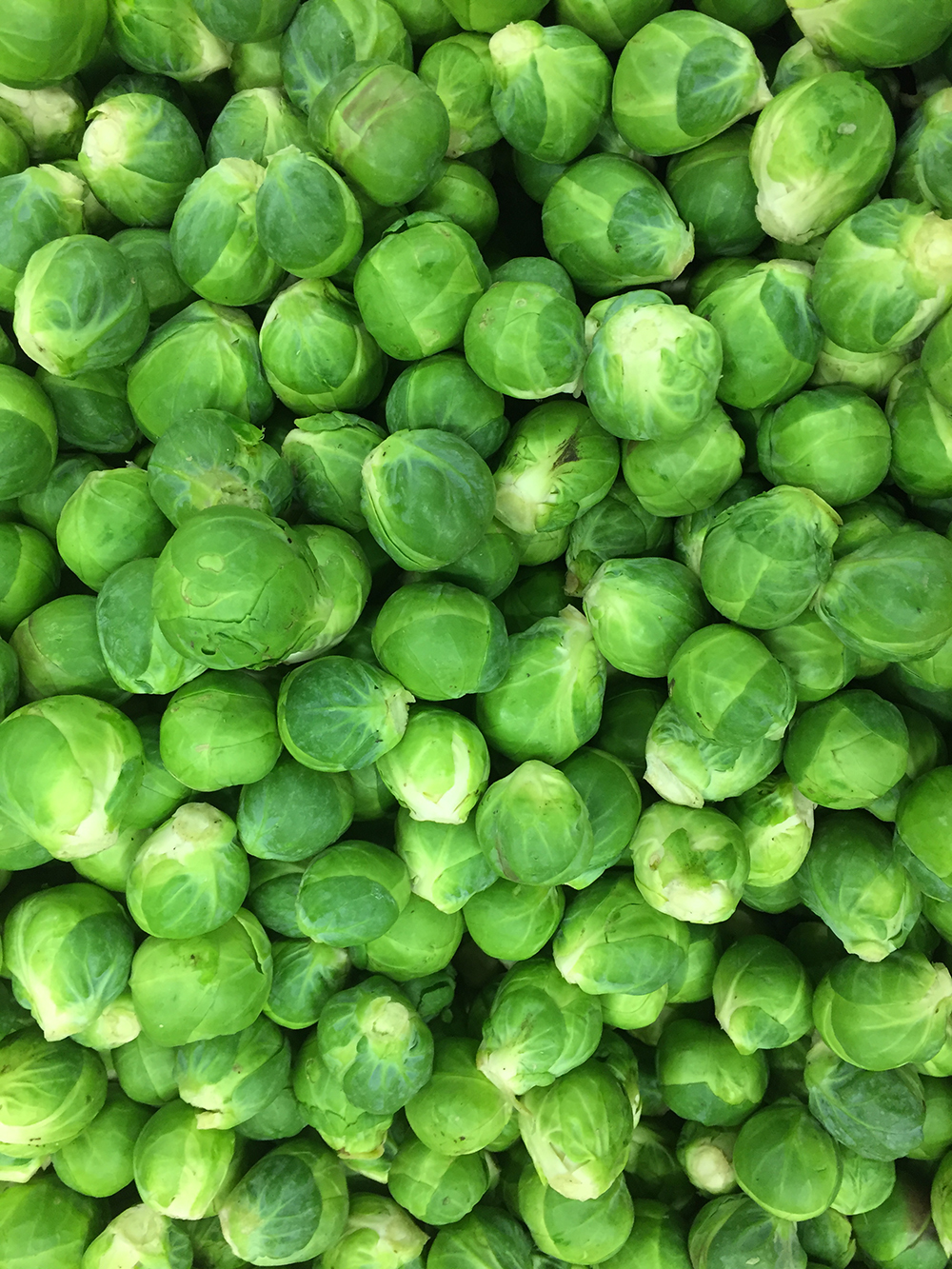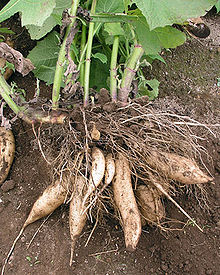Grow it Yourself - November
 I went on a sobering visit to a couple of our biggest field veg growers this week: Paul Brophy in Kildare who is the largest grower of broccoli in the state and the Weldon Brothers (Martin and Enda) in Swords who supply the majority of the Brussels Sprouts crop. Their operations are truly massive and impressive, and like most of the veg growers they have had to specialise and go large in order to compete. In the 15 years between 1999 and 2015 there was a huge drop in the number of field veg growers in Ireland, from 377 down to 165. Anecdotally the actual number remaining is likely to be less than this 3 years later, but there’s no data on that yet. Either way, that’s a pretty tiny number of growers who are responsible for our entire veg output. Interestingly, the output levels in edible horticulture haven’t dropped in that same time period, so in other words the remaining growers have ramped up their production big time.
I went on a sobering visit to a couple of our biggest field veg growers this week: Paul Brophy in Kildare who is the largest grower of broccoli in the state and the Weldon Brothers (Martin and Enda) in Swords who supply the majority of the Brussels Sprouts crop. Their operations are truly massive and impressive, and like most of the veg growers they have had to specialise and go large in order to compete. In the 15 years between 1999 and 2015 there was a huge drop in the number of field veg growers in Ireland, from 377 down to 165. Anecdotally the actual number remaining is likely to be less than this 3 years later, but there’s no data on that yet. Either way, that’s a pretty tiny number of growers who are responsible for our entire veg output. Interestingly, the output levels in edible horticulture haven’t dropped in that same time period, so in other words the remaining growers have ramped up their production big time.

The extreme weather alone doesn’t explain why so many growers are leaving the market. That alas, is largely down to the fact that there is so little margin left in selling the veg. Competition from cheaper imports plays a part, as does below-cost selling and discounting in supermarkets. In latter years, we’ve all seen the aggressive pre-Christmas price promotions on fresh-from-the-field veg like sprouts and carrots for sale for as low as 5 cent a kilo. It’s typically the supermarket that takes the hit on this (though some have been known to lean on growers to share the burden), using it as a loss leader to draw you in, and of course Consumer groups will say it’s great for the consumer to have access to cheap, healthy food. But these are short term benefits. In the long term, these promotions set ever lower benchmarks for the value of veg, which will drive more growers from the industry. Ultimately we will be left with less choice as consumers and more and more imported veg. That’s bad for jobs here at home, and reduces our access to healthy, seasonal, fresh food and the kind of taste that can only come from just-picked veg.
Most importantly, the Brophys, Weldons and the like are producing food that is everything food should be – incredibly good for us, nutritious, seasonal, fresh, local and creating jobs. We should be paying a fair price for that instead of discounting it. As always we have power as consumers. When buying your veg, always seek out Irish vegetables and try to avoid the price promotions remembering that there is always a cost to cheap food down the line.
 The Basics – Growing Yacon
The Basics – Growing Yacon
Similar to Jeruslaem artichokes and potatoes, yacon is a plant of South American origin and, with sweetly-flavoured tubers and small sunflower-like flowers, it is grown from tubers from last year’s crop. Yacon grows two types of tubers - the knobbly ‘stem’ tubers that grow just under the surface around the stalk of the plant and look a lot like Jerusalem artichokes, and the larger, smooth edible tubers that grow outside of these. The former are the ones used for propagating the following year’s crop, while the latter are for eating. In the late autumn (after frost), dig the whole plant carefully - the yield should be 5-10 large tubers per plant. Snap these off. They will store in a frost free shed in a box of sand and will sweeten further over time. Cut the stem of the plant back to about 10cm and store this ‘crown’ with the knobbly root tubers attached for next year’s crop, also storing in sand.
Separate the knobbly tubers in spring, making sure you have a growth point on each. Plant each one in to a large pot with good quality potting compost. Place the pot on a heated bench or sunny place in doors. Plant out in the ground in May, being careful of the weather - a good guide would be to only plant them out when you happy to plant out your tomatoes. Space 1 metre apart. Water regularly. The plants can be slow to get going but in the summer will get to a height of 2m. As it’s a hungry plant, it’s a good idea to ensure the soil is good and fertile with plenty of added compost or farmyard manure.
Recipe of the Week – Yacon and Blue Cheese Salad
It's not easy to improve upon the famously fabulous combination of walnuts and blue cheese but the addition of yacon, with its succulent sweet crunch, really lightens and freshens this deliciously different lunch. This recipe from Mark Diacono’s A Taste of the Unexpected (Quadrille, £20) serves 4 as a starter.
Ingredients
• Small handful of shelled walnuts or pecans
• Juice of 1 lemon
• 1 medium-large yacon
• Handful of salad leaves
• 180g blue cheese, such as Dorset blue vinney, roquefort or gorgonzola
For the dressing:
• 1 tbsp apple balsamic vinegar
• Pinch of flaky sea salt
• 3 tbsp extra-virgin olive oil
Directions
Preheat the oven to 180C/Gas 4. Spread the walnuts or pecans out onto a baking tray and toast in the oven for 8–10 minutes, shaking halfway through, until lightly coloured – keep an eye on them to ensure they don't burn. Fill a bowl with water and add the lemon juice. Peel the yacon, cut into slices and toss into the lemony water to prevent them from discolouring. In a small bowl, whisk together the vinegar with the salt before adding the olive oil a little at a time, whisking all the while until smooth. In a bowl, lightly dress the salad leaves in a little of the dressing and divide between 4 plates.
Arrange the sliced yacon on top, crumble over the blue cheese, then trickle over the rest of the dressing. Scatter the nuts over the top and serve immediately.
© GIY Ireland 2018 – all rights reserved.






There are currently no comments
Leave a comment
Not a member? Register for your free membership now!
Or leave a comment by logging in with: